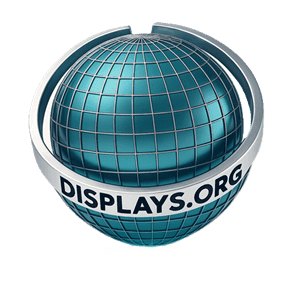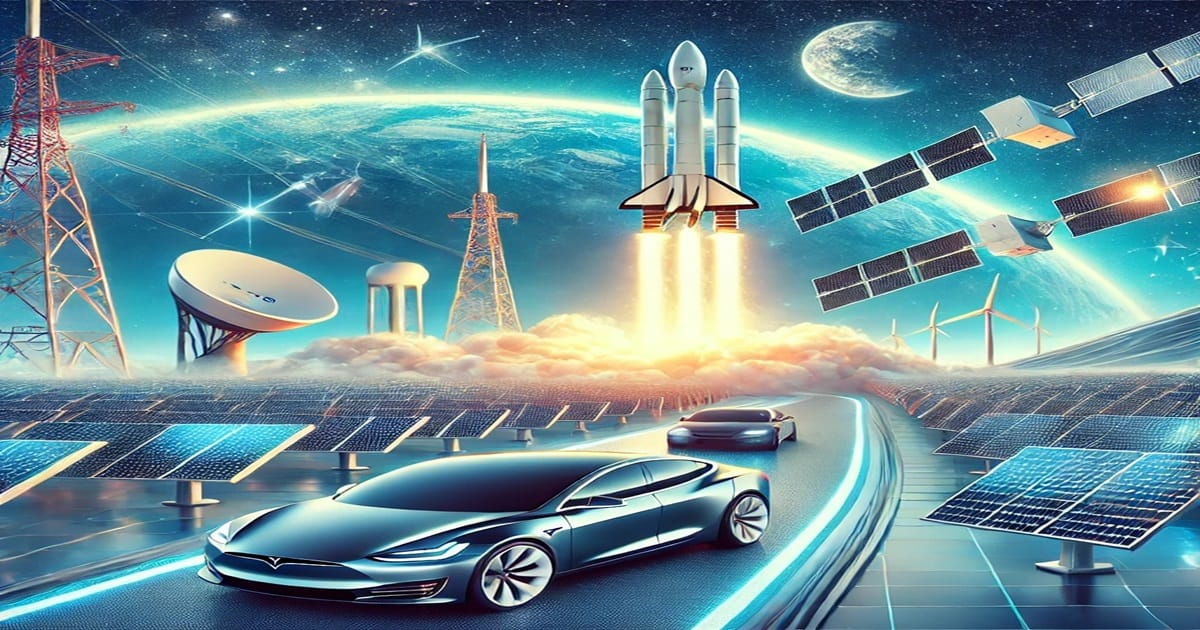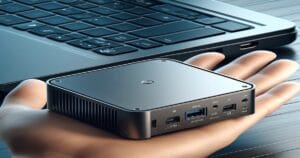Living Legend of Our Times
Elon Musk—often referred to as the maverick entrepreneur—continues to reshape the modern landscape
through a series of groundbreaking ventures. From electric cars and reusable rockets to
satellite-based global internet, Musk’s imprint on technology has become almost impossible to ignore.
His passion for pushing boundaries has sparked renewed public interest in space exploration,
electrified mass transit, and advanced digital infrastructure, making him one of the most recognizable
figures in the world today.
While many innovators carve out niches, Musk appears to operate on multiple fronts simultaneously.
His ambitions reflect a future where sustainable energy drives mainstream transport, where a robust
global internet network connects the remotest corners of Earth, and where humanity eventually
becomes a multiplanetary species. Although these objectives often seem daunting, Musk’s relentless
approach demonstrates that even the most audacious plans can make significant headway in remarkably
short time spans.
1. Musk’s Entrepreneurial Spirit: A Driving Force
1.1 Early Vision and the Road to Influence
Long before he became synonymous with Tesla or SpaceX, Elon Musk showed a knack for identifying
opportunities in tech-driven markets. After co-founding the web software company Zip2 in his twenties,
he moved on to create X.com, which later merged into PayPal—one of the first online payment platforms
to achieve widespread consumer trust. This foundational success provided him not only with capital
but also a reputation for being an entrepreneur who wasn’t afraid to challenge established norms.
The sale of PayPal in 2002 was a turning point, giving Musk the financial leverage to tackle larger,
more futuristic ventures.
What sets Musk apart is his insistence that technology should address urgent societal or planetary
problems. He has often cited humanity’s existential threats—climate change, multi-planetary survival,
and economic inequalities—as motivators behind his wide-ranging portfolio. His strategic mindset
prioritizes both practicality and showmanship, launching projects that are visually spectacular and
fundamentally transformative. People often see rocket landings and electric supercars, but these
displays also represent a deeper statement: that bold engineering can shift collective human destiny.
1.2 Challenging Conventional Boundaries
The concept of Starlink—a sprawling constellation of satellites to blanket the Earth
in high-speed internet—illustrates Musk’s willingness to attack daunting global challenges head-on.
Where legacy satellite internet providers often struggled with high latency or limited coverage,
Musk’s plan involves deploying thousands of low-Earth orbit satellites, each working in tandem to
deliver broadband access to regions long overlooked by traditional infrastructure. By ushering in
this new phase of connectivity, Starlink seeks not only to revolutionize how people interact online
but to narrow the digital divide on a global scale.
Of course, Starlink is just one branch of a sprawling network of initiatives. Tesla, The Boring
Company, Neuralink, and SpaceX each tackle specific industry pain points, from traffic congestion
to neuromotor disorders to interplanetary exploration. Despite their seemingly distinct aims, these
companies revolve around a single idea: using technology to solve big-picture problems. For many,
this overlapping vision cements Musk’s place among today’s boldest innovators.
1.2.1 Starlink Generations
Musk’s Starlink program continuously evolves through hardware improvements and satellites better
capable of handling data throughput. For direct glimpses into these iterations, explore:
From new satellite “shells” to upgraded ground stations, these generations reveal a relentless
drive to refine both speed and coverage. Each iteration of Starlink looks set to push the envelope
further, a hallmark of Musk’s iterative design and engineering strategies.
1.2.2 Starlink Coverage Growth Table
| Year | Approx. Satellites Launched | Coverage Regions | Key Milestone |
|---|---|---|---|
| 2019 | ~120 | Selective Northern U.S. | First test batch |
| 2020 | ~1,000 | U.S., Canada, U.K. | Initial public beta |
| 2021 | ~1,700 | Expanding Europe & Australia | Wider global beta |
| 2022 | ~2,500 | Over 25 countries | Expanded maritime coverage |
| 2023 | ~3,500 | 50+ countries | Focus on mobility solutions |
Note: These figures are approximate for illustrative purposes, demonstrating Starlink’s
steady growth strategy and expanding geographic reach under Elon Musk’s vision.
2. The Tesla Revolution: Mainstreaming Electric Mobility
2.1 A Shift in Global Transportation
Before Starlink captured headlines, Tesla symbolized the pivot toward zero-emission vehicles. Under
Musk’s leadership, Tesla upended the long-held notion that electric cars were slow, unappealing, and
limited in range. By combining sporty aesthetics, higher battery capacities, and advanced autopilot
features, Tesla models like the Model S, Model 3, and Model Y disrupted the automotive market
worldwide. Traditional carmakers have since ramped up their own EV lines, validating Musk’s argument
that electric propulsion could be both profitable and environmentally beneficial.
Today, Tesla continues to spearhead battery research, aiming to reduce manufacturing costs while
improving battery density. Gigafactories across continents showcase how scaling up production can
drive down unit prices, making electric transport more accessible. From expanding Supercharger
networks globally to integrating solar solutions, Tesla’s ecosystem underscores Musk’s broader
commitment to transitioning society away from fossil fuels. Analysts point out that the ripple
effects of Tesla’s success extend beyond automotive applications, igniting interest in advanced
battery tech for homes, businesses, and the overall energy grid.
2.1.1 Tesla Deliveries by Year
| Year | Approx. Deliveries (All Models) | Key Markets | Notable Milestone |
|---|---|---|---|
| 2015 | ~50,000 | North America, Europe | Model S Gains Popularity |
| 2017 | ~100,000+ | U.S., Norway, China | Model 3 Launch |
| 2019 | ~367,500 | Global Markets Expand | Gigafactory Shanghai |
| 2021 | ~936,000 | Global, incl. Europe | Model Y Ramps Up |
| 2022 | 1.31 Million+ | Global | Further Gigafactories |
Note: Delivery numbers and milestones reflect estimates and official Tesla statements at
various quarterly updates—indicative of Tesla’s rapidly scaling reach and impact.
2.2 Synergy with Miniaturized Power & Efficiency
Although Elon Musk doesn’t manufacture personal computers, Tesla’s underlying philosophy of “smaller,
faster, and more efficient” resonates with the modern Mini PC movement. By maximizing
performance in minimal space, miniaturized computing solutions reflect the spirit of Tesla’s approach:
pack robust capabilities into streamlined, eco-friendly designs. In the same way Tesla’s powertrains
shed the bulk of traditional engines, Mini PCs eliminate large, power-hungry
components, replacing them with compact motherboards and energy-efficient hardware.
If this ethos aligns with your personal or professional needs, consider exploring some next-generation
Mini PCs for your setup:
• Gaming PC DDR5 Mini PC
• Mini PC (DDR4 & DDR5)
• DDR5 32GB Mini PC
• BOSGAME P3 AMD Ryzen 9 Mini PC
• Amazon Gaming Mini PC
These scaled-down PCs reduce space and energy consumption without compromising on productivity or
gaming prowess—a principle Elon Musk would likely applaud, given his affinity for efficiency and
technological elegance.
3. SpaceX: Humanity’s Step into a Multiplanetary Future
3.1 The Vision Behind Reusable Rockets
One of the boldest statements from Elon Musk is that humans must become a multiplanetary species to
ensure long-term survival. SpaceX, his aerospace manufacturer and space transport services company,
embodies this grand vision. By perfecting reusable rockets like the Falcon 9 and Falcon Heavy, Musk
reduced launch costs dramatically, enabling more frequent missions. Satellites for Starlink, cargo
shipments to the International Space Station, and even potential crewed missions to Mars all hinge on
that critical cost reduction.
SpaceX’s crowning glory may come with Starship, a fully reusable launch vehicle designed for
interplanetary travel. The program aims to land humans on Mars and potentially establish permanent
settlements. Musk believes that multi-planet habitation is not mere sci-fi but a necessary insurance
policy for civilization, safeguarding against possible planet-wide catastrophes. While timelines
are subject to revision, the overarching aspiration remains consistent: propelling humankind toward
the stars.
This simplified chart illustrates the increasing number of Falcon 9 booster reuses over time,
reducing cost per launch while accelerating mission cadence.
X-Axis (Bottom): Year (Approx. 2015–2023)
[Graph Data Conceptually:
2015: 1 Reuse | 2017: 5 Reuses | 2019: 20 Reuses | 2021: 50 Reuses | 2023: 100+ Reuses]
3.2 Synergy Across Ventures
It’s no coincidence that SpaceX’s rocket launches deploy Starlink satellites. Musk orchestrates
inter-company collaboration, harnessing SpaceX’s launch capabilities to advance Tesla’s planetary
sustainability efforts or to further Starlink’s mission. This kind of synergy echoes the
cross-pollination of ideas that characterizes his broader empire, from The Boring Company’s
transport tunnels to Neuralink’s brain-machine interfaces. Each innovation, in some way, supports
or complements the others, generating a powerful ecosystem that drives Musk’s central narrative
of future-focused engineering.
In a parallel to how miniaturized computing solutions integrate multiple functionalities into
single boards, Musk’s ventures embody an “everything is connected” ethos—aiming for integrated
solutions to large-scale challenges, whether those are urban gridlock, planetary dependency on
fossil fuels, or the risk of Earth-bound humanity missing out on cosmic possibilities.
4. The Boring Company, Neuralink, and Other Ambitions
4.1 Alleviating Traffic with Tunnels
Traffic congestion in major cities costs billions in lost productivity each year, to say nothing
of the associated stress. Musk’s answer is The Boring Company, which digs tunnels to bypass
surface-level congestion. By creating subterranean transit routes for cars, or hyperloop systems
capable of high-speed travel, the approach aims to reduce the environmental and time-related
burdens of daily commutes. While still in relatively early stages, test tunnels have already
demonstrated feasibility, hinting at a future where traveling beneath the streets could be as
common as highways above them.
This willingness to tackle a century-old problem—traffic—mirrors Musk’s forays into electric cars
and reusable rockets. He identifies major societal bottlenecks, then engineers around them. Over
time, these smaller projects interlink with bigger visions, creating a puzzle where each piece
solves a distinct facet of modern life.
4.2 Neuralink: The Next Frontier in Human-Computer Interaction
In Musk’s eyes, enhancing the way humans communicate with machines is paramount—leading to Neuralink,
a neural technology company developing implantable brain–machine interfaces (BMIs). The eventual goal
is twofold: provide medical solutions for people suffering from neurological conditions (e.g.,
paralysis, ALS) and lay groundwork for more advanced integration between AI and the human brain.
While controversial in its implementation, Neuralink again showcases Musk’s boundary-pushing ambitions.
Much like Starlink and Tesla, Neuralink relies on rapidly advancing hardware and software. The
company’s device prototypes must be small, power-efficient, and capable of transmitting data
wirelessly—all reminiscent of the engineering that goes into Mini PCs. Though
Neuralink’s aims are far more invasive and groundbreaking, the principle of compact, high-performance
computing emerges again, underscoring how miniaturization is a universal theme in Musk’s approach.





